-
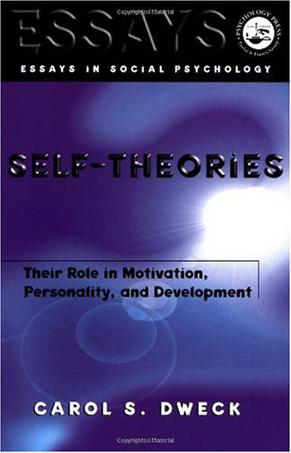
Self-theories
This innovative text sheds light on how people work - why they sometimes function well and, at other times, behave in ways that are self-defeating or destructive. Dweck presents her groundbreaking research on adaptive and maladaptive cognitive-motivational patterns and shows: *How these patterns originate in people's self-theories *Their consequences for the person - for achievement, social relationships, and emotional well-being *Their consequences for society, from issues of human potential to stereotyping and intergroup relations *The experiences that create them. This outstanding text is a must-read for researchers in social psychology, child development, and education, and is appropriate for both graduate and senior undergraduate students in these areas. The book is central to basic issues in social, personality, and developmental psychology. Indeed, it is like a guided tour through the scenic terrain of Carol's fascinating program of research. The writing is lively and engaging and the organization is unusually clear. The examples are well-chosen and intuitively compelling; they are easy to relate to our own lives and to the people that we know -- Diane N. Ruble, New York University [This book] is simply among the best book in psychology I've read during the past year or two. It's superb. . . I could hardly put [it] down -- Robert J. Sternberg, Yale University [This book] describes path breaking research in a style that is accessible to many audiences. It calls into question some of the most widely-held beliefs . . . about effective practices for maximizing children's self-confidence and learning -- Deborah Stipek, UCLA -
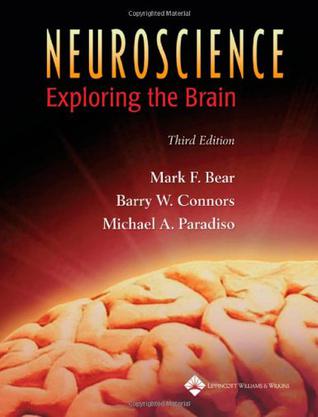
Neuroscience
Widely praised for its student-friendly style and exceptional artwork and pedagogy, Neuroscience: Exploring the Brain is a leading undergraduate textbook on the biology of the brain and the systems that underlie behavior. This edition provides increased coverage of taste and smell, circadian rhythms, brain development, and developmental disorders and includes new information on molecular mechanisms and functional brain imaging. Path of Discovery boxes, written by leading researchers, highlight major current discoveries. In addition, readers will be able to assess their knowledge of neuroanatomy with the Illustrated Guide to Human Neuroanatomy, which includes a perforated self-testing workbook. This edition's robust ancillary package includes a bound-in student CD-ROM, an Instructor's Resource CD-ROM, a Connection Website, and LiveAdvise: Neuroscience online student tutoring. -
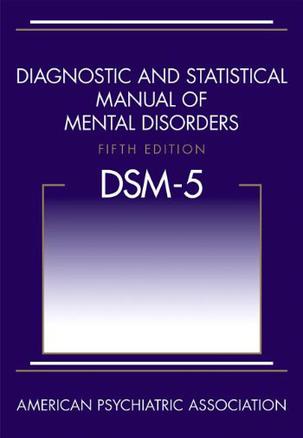
Diagnostic and Statistical Manual of Mental Disorders, 5th Edition
This new edition of the American Psychiatric Association's Diagnostic and Statistical Manual of Mental Disorders (DSM-5[trademark]), used by clinicians and researchers to diagnose and classify mental disorders, is the product of more than 10-plus years of effort by hundreds of international experts in all aspects of mental health. Their dedication and hard work have yielded an authoritative volume that defines and classifies mental disorders in order to improve diagnoses, treatment, and research. This manual, which creates a common language for clinicians involved in the diagnosis of mental disorders, includes concise and specific criteria intended to facilitate an objective assessment of symptom presentations in a variety of clinical settings - inpatient, outpatient, partial hospital, consultation liaison, clinical, private practice, and primary care. The Diagnostic and Statistical Manual of Mental Disorders, Fifth Edition, is the most comprehensive, current, and critical resource for clinical practice available to today's mental health clinicians and researchers of all orientations. The information contained in the manual is also valuable to other physicians and health professionals, including psychologists, counselors, nurses, and occupational and rehabilitation therapists, as well as social workers and forensic and legal specialists. DSM-5[trademark] is the most definitive resource for the diagnosis and classification of mental disorders. -

Evolutionary Psychology
For courses in Evolutionary Psychology . David Buss, one of the foremost researchers in the field, has thoroughly revised his already successful text with nearly 400 new referencesto provide an even more comprehensive overview of this dynamic field. Using cutting-edge research and an engaging writing style, theFourth Edition of Evolutionary Psychology ensures that your students will master the material presented. -
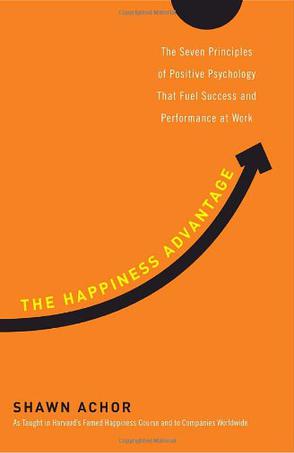
The Happiness Advantage
Our most commonly held formula for success is broken. Conventional wisdom holds that if we work hard we will be more successful, and if we are more successful, then we’ll be happy. If we can just find that great job, win that next promotion, lose those five pounds, happiness will follow. But recent discoveries in the field of positive psychology have shown that this formula is actually backward: Happiness fuels success, not the other way around. When we are positive, our brains become more engaged, creative, motivated, energetic, resilient, and productive at work. This isn’t just an empty mantra. This discovery has been repeatedly borne out by rigorous research in psychology and neuroscience, management studies, and the bottom lines of organizations around the globe. In The Happiness Advantage , Shawn Achor, who spent over a decade living, researching, and lecturing at Harvard University, draws on his own research—including one of the largest studies of happiness and potential at Harvard and others at companies like UBS and KPMG—to fix this broken formula. Using stories and case studies from his work with thousands of Fortune 500 executives in 42 countries, Achor explains how we can reprogram our brains to become more positive in order to gain a competitive edge at work. Isolating seven practical, actionable principles that have been tried and tested everywhere from classrooms to boardrooms, stretching from Argentina to Zimbabwe, he shows us how we can capitalize on the Happiness Advantage to improve our performance and maximize our potential. Among the principles he outlines: •The Tetris Effect: how to retrain our brains to spot patterns of possibility, so we can see—and seize—opportunities wherever we look. •The Zorro Circle: how to channel our efforts on small, manageable goals, to gain the leverage to gradually conquer bigger and bigger ones. •Social Investment: how to reap the dividends of investing in one of the greatest predictors of success and happiness—our social support network A must-read for everyone trying to excel in a world of increasing workloads, stress, and negativity, The Happiness Advantage isn’t only about how to become happier at work. It’s about how to reap the benefits of a happier and more positive mind-set to achieve the extraordinary in our work and in our lives. -
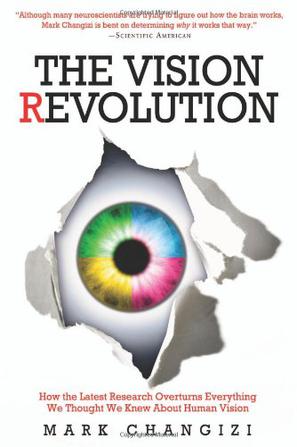
The Vision Revolution
Primates evolved binocular vision (both eyes facing forward) so that they can see in three dimensions, critical as they jumped from branch to branch. Higher primates developed color vision to better hunt out ripe fruit. Optical illusions succeed because they exploit the limitations of our visual processing. Wrong! All of these beliefs are false, as groundbreaking research by evolutionary scientist and neurobiologist Mark Changizi now reveals. Changizi's research centers on the "why" of human vision. Why do we have binocular vision? Why do we see in color the way we do? Why do optical illusions work? And why are we able to absorb information by reading―a very new invention from an evolutionary perspective―more readily than by hearing, which we've evolved to do over hundreds of thousands of years? The Vision Revolution answers these questions, and proves, with the detailed results of Changizi's fieldwork, that the answers are very different than traditionally believed. A radically new perspective of human vision is now emerging. The Vision Revolution is upon us.